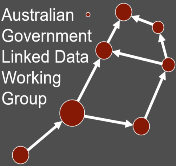Sample/specimen nomenclature and publication status
Listing of standard nomenclature types (typus) and publication statuses that may characterize fossil, mineral or meteorite samples/specimens held in the Geological Survey of Western Australia's collections. These terms should only be applied to physical items, and are not applicable to derived results or data. This vocabulary includes terms for type specimens as recognized under several international nomenclature codes (see History Note for details).
